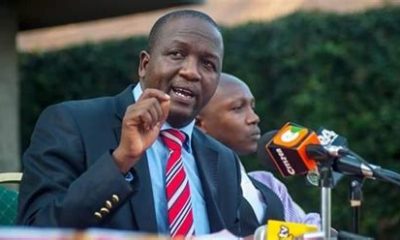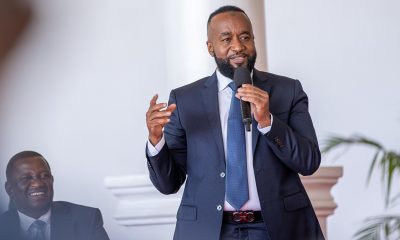Politics
Gachagua’s New Party Strategy to Unseat Ruto Could Backfire Spectacularly

Former Deputy President Rigathi Gachagua is planning a bold revenge move that could reshape the 2027 presidential race in a dramatic twist that mirrors Kenya’s last political upheaval.
Gachagua wants to use President William Ruto’s own playbook — breaking away to form a new party, rallying discontented Mount Kenya allies, and chipping away at UDA’s base. The strategy is daring.
It’s audacious. But it might also be doomed. While it worked for Ruto in 2022, the political climate and ground dynamics have drastically shifted. Gachagua may be trying to play chess, but Ruto already owns the board.

Gachagua is leaning heavily on the idea that Mt. Kenya’s discontent can carry him to power. But he may be overestimating the region’s ability to crown presidents on its own. [Photo: Courtesy]
Gachagua’s New Party Strategy Could Crumble Without National Support
Gachagua is betting on a risky political gamble: replicate what Ruto did to Uhuru Kenyatta and turn it against the very man who perfected it.
In the run-up to the 2022 elections, William Ruto formed the United Democratic Alliance (UDA) while still technically serving as Jubilee Party’s deputy leader under President Uhuru.
From the shadows, Ruto built a new party infrastructure, rallied elected leaders, and secured massive loyalty across Mt. Kenya and the Rift Valley. He pulled off the impossible — dethroning the incumbent system while still within it.
Fast-forward to 2025, and Gachagua is attempting the same script. By May 15, he’s expected to unveil his own party — a move that has already attracted a few UDA MPs frustrated by internal feuds. But the question looms large: does Gachagua have what it takes to win the war he’s starting?
The difference lies in the ground game. In 2022, Ruto already commanded loyalty in Mt. Kenya and Rift Valley before formally breaking off. Gachagua, meanwhile, enters the ring after being impeached — a stain that weakens his legitimacy. Worse, he’s trying to unseat a sitting president who knows the tactics inside out.
Then there’s Raila Odinga. In 2022, he was Ruto’s main opponent. Now, he’s a powerful ally, giving Ruto national breadth from Nyanza to Coast, Nairobi to Western. Gachagua, on the other hand, lacks a clear path to national appeal. His influence beyond the central region is shaky at best.
Mount Kenya Alone Can’t Win the War
Gachagua is leaning heavily on the idea that Mt. Kenya’s discontent can carry him to power. But he may be overestimating the region’s ability to crown presidents on its own.
Yes, Mt. Kenya remains a vote-rich bloc. But it is also fractured. Internal divisions, business rivalries, and shifting youth sentiments make it less predictable than in previous cycles. Besides, many local leaders still see value in staying close to State House, especially when the political perks are flowing.
In contrast, Ruto has remained steady in Rift Valley and now enjoys goodwill from key opposition regions thanks to his handshake with Raila. Coast, Nyanza, Turkana, Pokot, Western — all these regions are slipping further from Gachagua’s reach. Without broad-based appeal, Gachagua risks being seen as a tribal candidate — a dangerous tag in today’s Kenya.
And while Gachagua might think Ruto’s impeachment of him in 2024 created sympathy, many voters see it differently. Some view it as evidence of chaos and poor leadership on Gachagua’s part. Others see Ruto as simply taking control before things fell apart, much like Uhuru did in his second term.
Giving Ruto a Taste of His Own Medicine May Not Work
Political scientist John Okumu says it best: “President Ruto thought he was smarter than his former boss. But now, he’s getting a dose of his own strategy.” Still, Ruto is no political novice. He’s been through fire — from the ICC, to the Uhuru betrayal, to Raila’s handshake politics. Unlike Gachagua, he has survived and thrived.
Gachagua’s mistake might be underestimating Ruto’s strategic brain. The president is already rebranding his alliances and securing new power bases ahead of 2027. By bringing in Raila, he’s not just borrowing support — he’s diffusing tribal politics and portraying himself as a national unifier.
Meanwhile, Gachagua’s new party strategy risks painting him as a disgruntled ex-loyalist with no clear agenda beyond revenge. It also gives Ruto the upper hand to frame him as a betrayer — the same narrative Ruto used successfully against Uhuru.
Political karma may indeed be at play, but Kenya’s voters are sharper now. They want solutions, not recycled drama. And they are unlikely to ditch a sitting president who still commands large chunks of the vote for a deputy who fell out barely a year into office.
Final Word
Gachagua is bold, but boldness isn’t strategy. His attempt to turn Ruto’s own tactics against him may generate short-term noise, but without national support and a compelling alternative agenda, it’s unlikely to produce a win. In politics, repeating history doesn’t always mean repeating success.
If Gachagua wants to be more than just a footnote in 2027, he may need to go back to the drawing board — because playing Ruto’s game, on Ruto’s terms, may just be political suicide.
Kenya Insights allows guest blogging, if you want to be published on Kenya’s most authoritative and accurate blog, have an expose, news TIPS, story angles, human interest stories, drop us an email on [email protected] or via Telegram
-

 Business5 days ago
Business5 days ago‘They’re Criminals,’ Popular Radio Presenter Rapcha The Sayantist Accuses Electric Bike Firm Spiro of Fraudulent Practices
-
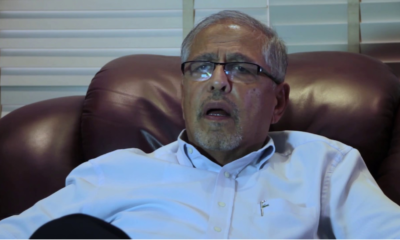
 News1 week ago
News1 week agoTemporary Reprieve As Mohamed Jaffer Wins Mombasa Land Compensation Despite Losing LPG Monopoly and Bitter Fallout With Johos
-

 Sports1 week ago
Sports1 week ago1Win Games 2025: Ultimate Overview of Popular Casino, Sports & Live Games
-
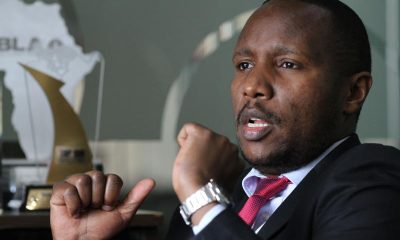
 Investigations1 week ago
Investigations1 week agoFrom Daily Bribes to Billions Frozen: The Jambopay Empire Crumbles as CEO Danson Muchemi’s Scandal-Plagued Past Catches Up
-

 Business1 week ago
Business1 week agoHass Petroleum Empire Faces Collapse as Court Greenlights KSh 1.2 Billion Property Auction
-
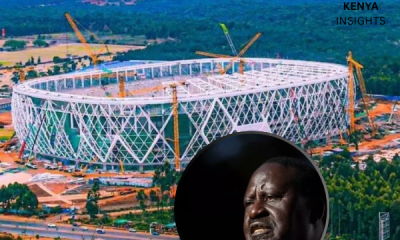
 Investigations5 days ago
Investigations5 days agoDisgraced Kuscco Boss Arnold Munene Moves To Gag Media After Expose Linking Him To Alleged Sh1.7 Billion Fraud
-
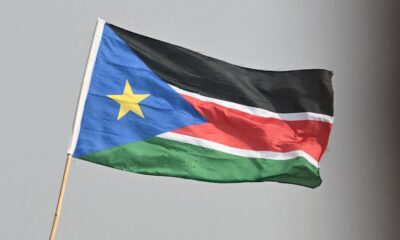
 Africa4 days ago
Africa4 days agoDisgraced Oil Trader Idris Taha Sneaks Into Juba as Empire Crumbles
-

 Investigations5 days ago
Investigations5 days agoFraud: How Sh235 Million Donor Cash For Nyamira Residents Was Embezzled Through Equity Bank Under Governor Nyaribo’s Watch

